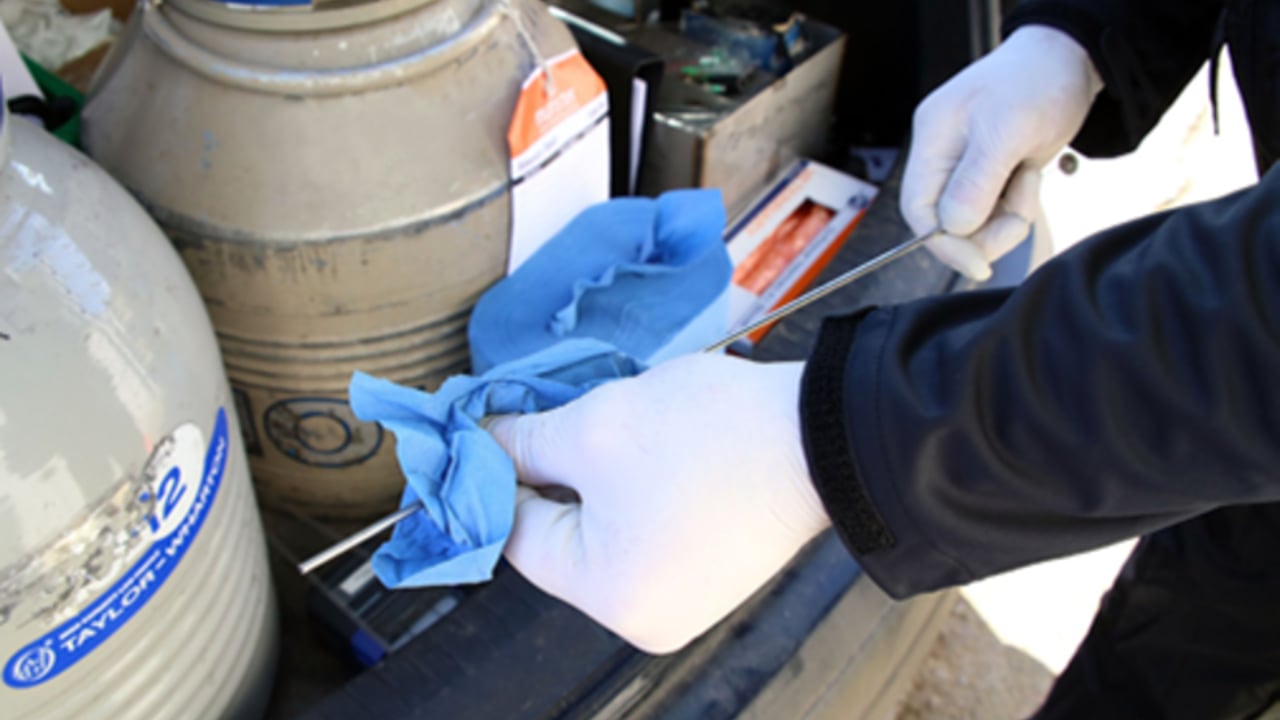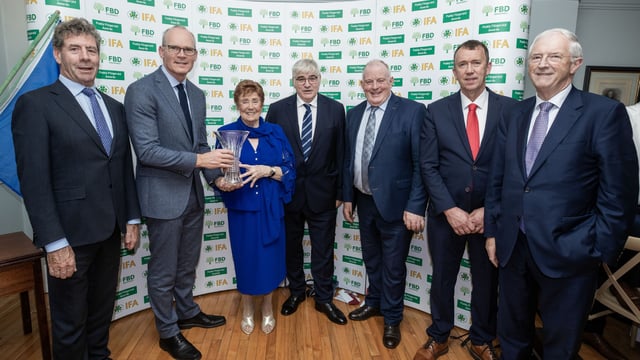Autumn calving: Time to prepare for the breeding season
For your typical autumn calving herd, we are around four weeks into the calving season, and it won't be long until the breeding season kicks in.
The focus for a lot of farmers at the minute is just managing the cows calving, by making sure they are getting adequate nutrition to carry them through the transition period.
As cows calve down, the workload increases, as farmers are busy feeding and looking after the new calves, while making sure the freshly calved cow is milking and eating well.
However, farmers need to find time to put a plan in place for their breeding season to make sure that targets are achieved.
In order to get the best out of your winter milk contract, the most efficient cow to produce milk during the winter months is an October/November calved cow.
Based on the average gestation length of 285 days, serving cows would have to start on December 20, for cows to be calving on October 1, 2025.
Many autumn calving herds start calving at the end of September, so the breeding season is only seven weeks away.
The aim for any breeding programme, whether it is an autumn calving herd or a spring calving herd, is to improve on milk solids while improving on fertility traits, such as calving interval and a six-week calving rate.
For an autumn calving herd, you must be aiming to breed a cow with good efficiency, health and longevity, and the economic breeding index (EBI) balances these objectives.
Targets for farmers using the economic breeding index (EBI) should be similar to what is outlined in the table below.
| Value | |
|---|---|
| EBI | €270 |
| Fertility sub-index | €120 |
| Production sub-index | €100 |
| Maintenace sub-index | €5-15 |
| Health sub-index | €5 |
| Carbon sub-index | Positive |
| Protein | +0.17% or 3.97% |
| Butterfat | +0.25% or 4.90% |
| Milk solids | +35kg |
It is not necessary to oversupply your winter milk contract, as winter milking is a game of fine margins, and therefore the exact number needed for replacement autumn calvers needs to be worked out.
You should avoid breeding your replacements off cows with poor milk solids, poor temperament, poor fertility, high somatic cell count (SCC), or cows that are lame or have any other issues.
By putting a plan in place now, famers will be able to order in their sexed semen or conventional straws and their beef straws, and produce the right amount of replacement heifers and sell on high quality beef calves off the farm.
Farmers need to be wary when selecting beef straws to make sure they are all easy-calving and short gestation, as an extra five days a cow is not in milk, is costing €50, presuming 20L/day at 50c/L.
For your replacement heifers coming through, two to three easy calving bulls should be selected and a synchronisation programme might be the way forward, to breed all the replacement heifers in the first 10 days of the breeding season.
As cows are calving down and for the few weeks post calving, it is crucial to monitor their body condition score (BCS), as during the transition period, they are stressed and often at a negative energy balance (NEB).
Cows that are in a poor BCS quite often struggle to go in-calf, which can result in a higher empty rate at the end of the breeding season.
Pre-breeding heat detection should be carried out before the breeding season begins, so that any cows that have not shown to be cycling can be metri-checked by a vet, which is simply an examination of vaginal discharge to see if cows have endometritis.
Detecting cycling cows currently, before the start of breeding, is important, as it gives these cows the best chance of getting back in-calf within the desired breeding season length.





